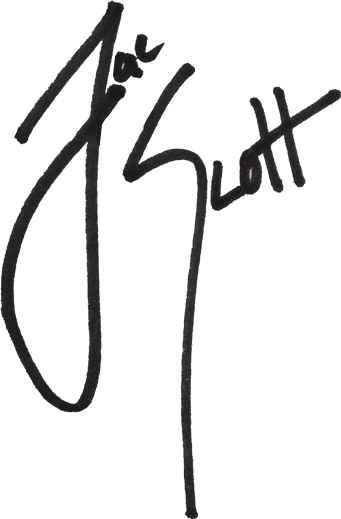What haunts my enquiry?
So what is haunting my enquiry? Perhaps it is that the only nests that I have observed in reality and not on a screen have been abandoned or left - uninhabited and not needed just now. The seasons have not been kind to my enquiry just now, I may argue. Autumn is the season of movement and come the end of it, everything is stripped bare. My penultimate blog post explores the darker aspects that are inextricably linked to my enquiry. Nesting is warm, safe and spaces for love. Nests are masterfully built. Humans can and do embody and employ a lot of the connotations brought about from the birds’ craft. But I cannot overlook that often these are sites of tragedy, pain, miscarriage, neglect, disease, discomfort and ultimately, death. In this post, I will introduce some images of dead nests, before then welcoming in an original composition inspired by the music of Brian Eno, before returning to the dangers birds are subject to.
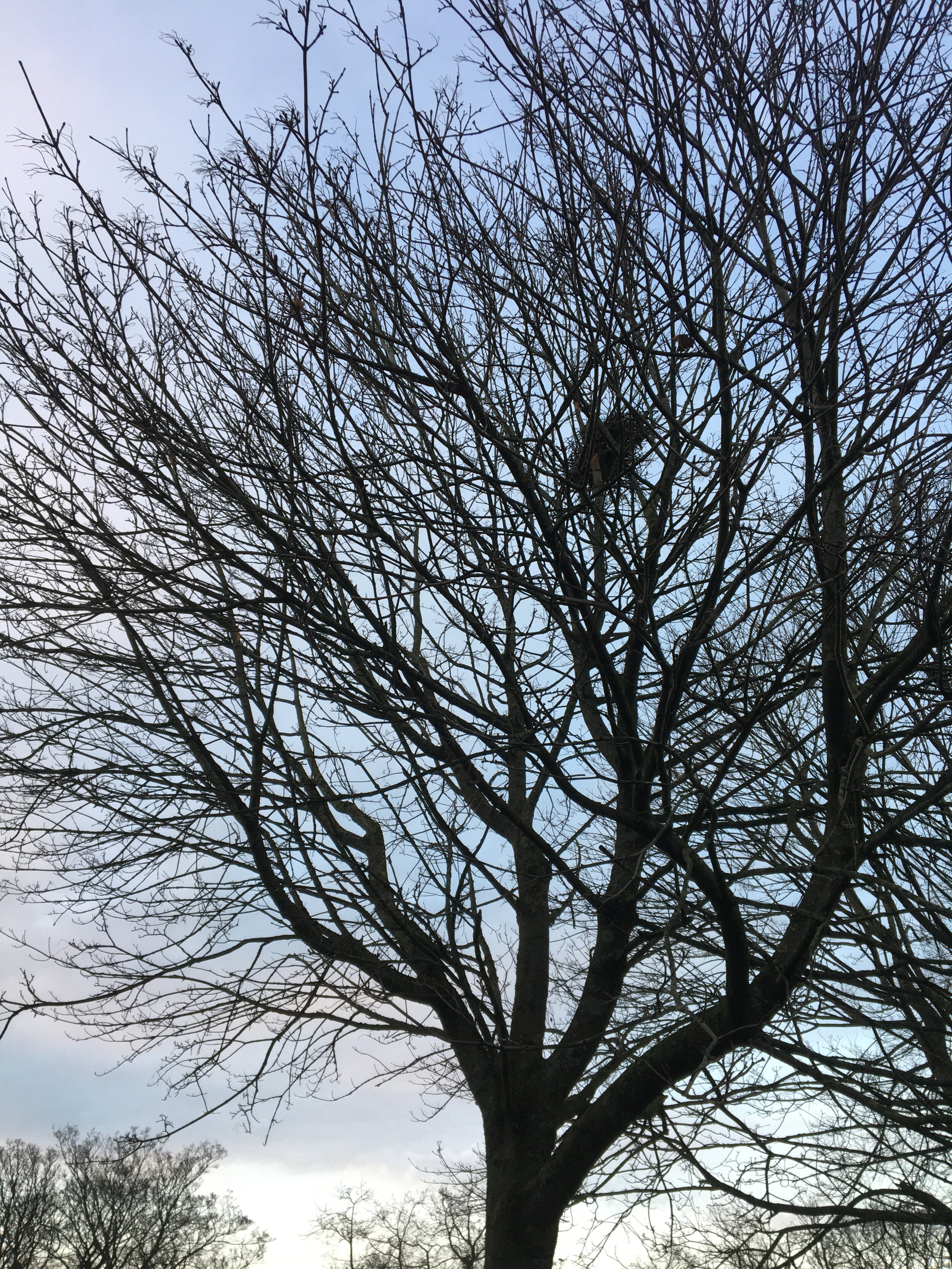
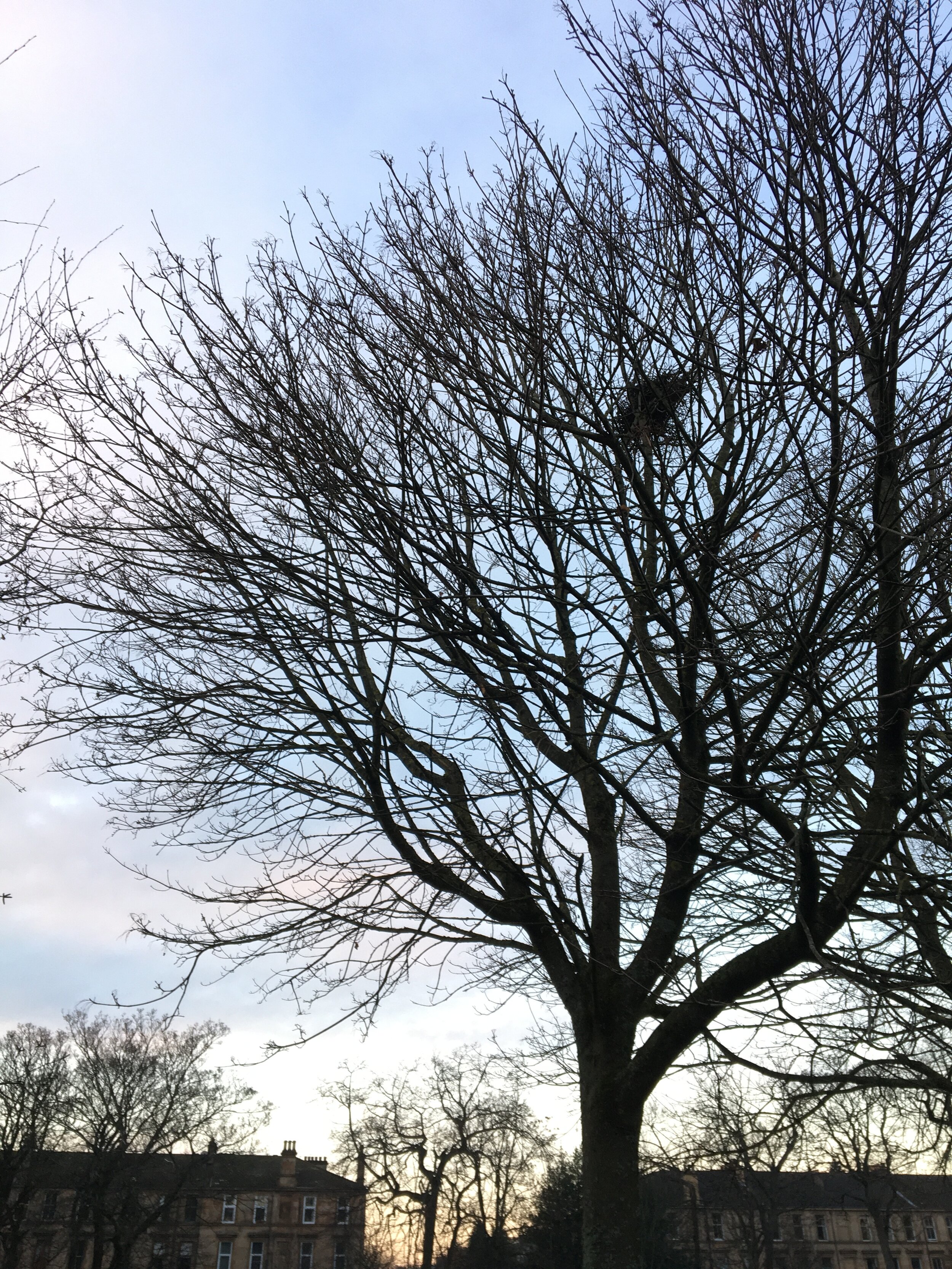
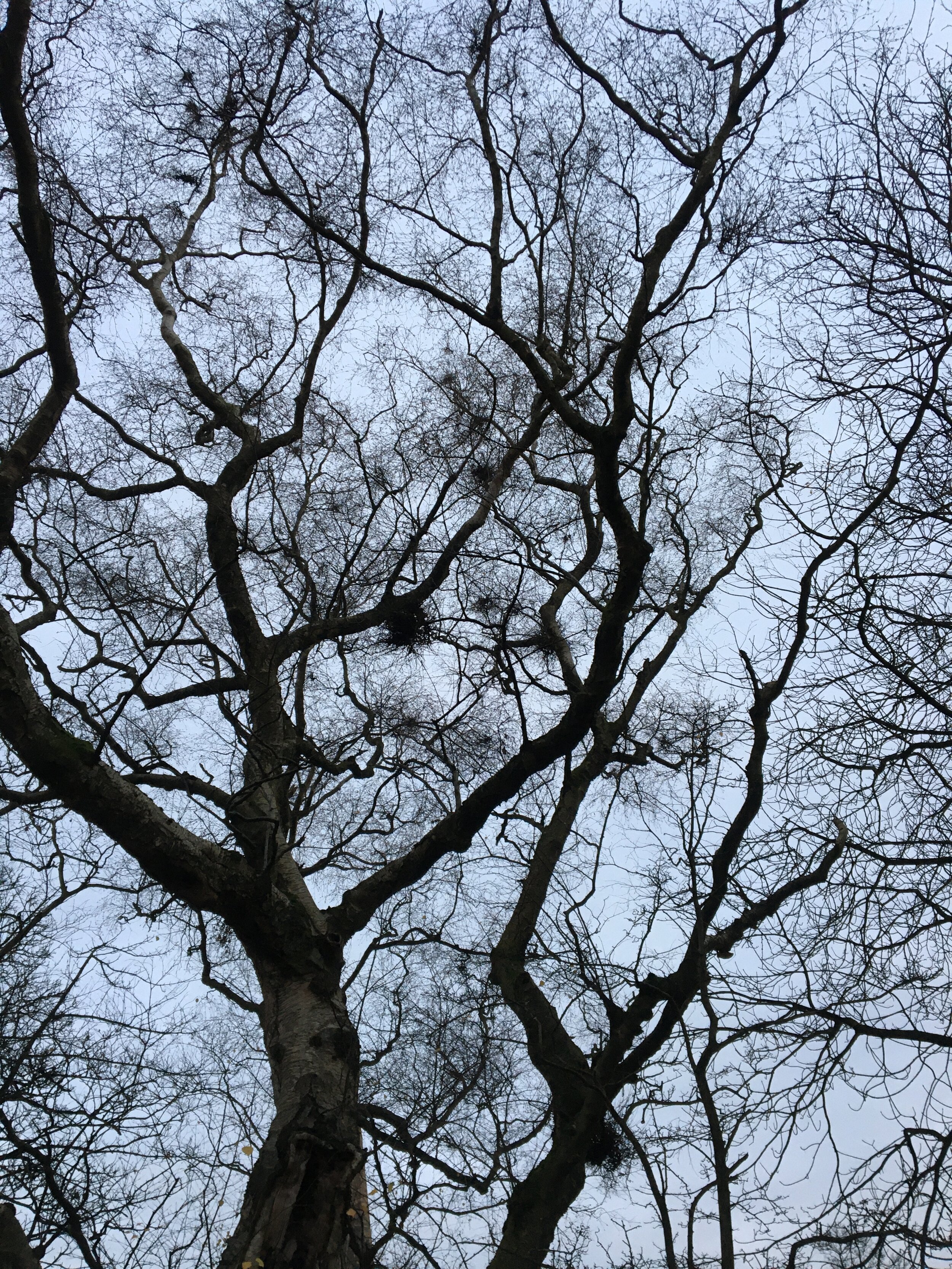
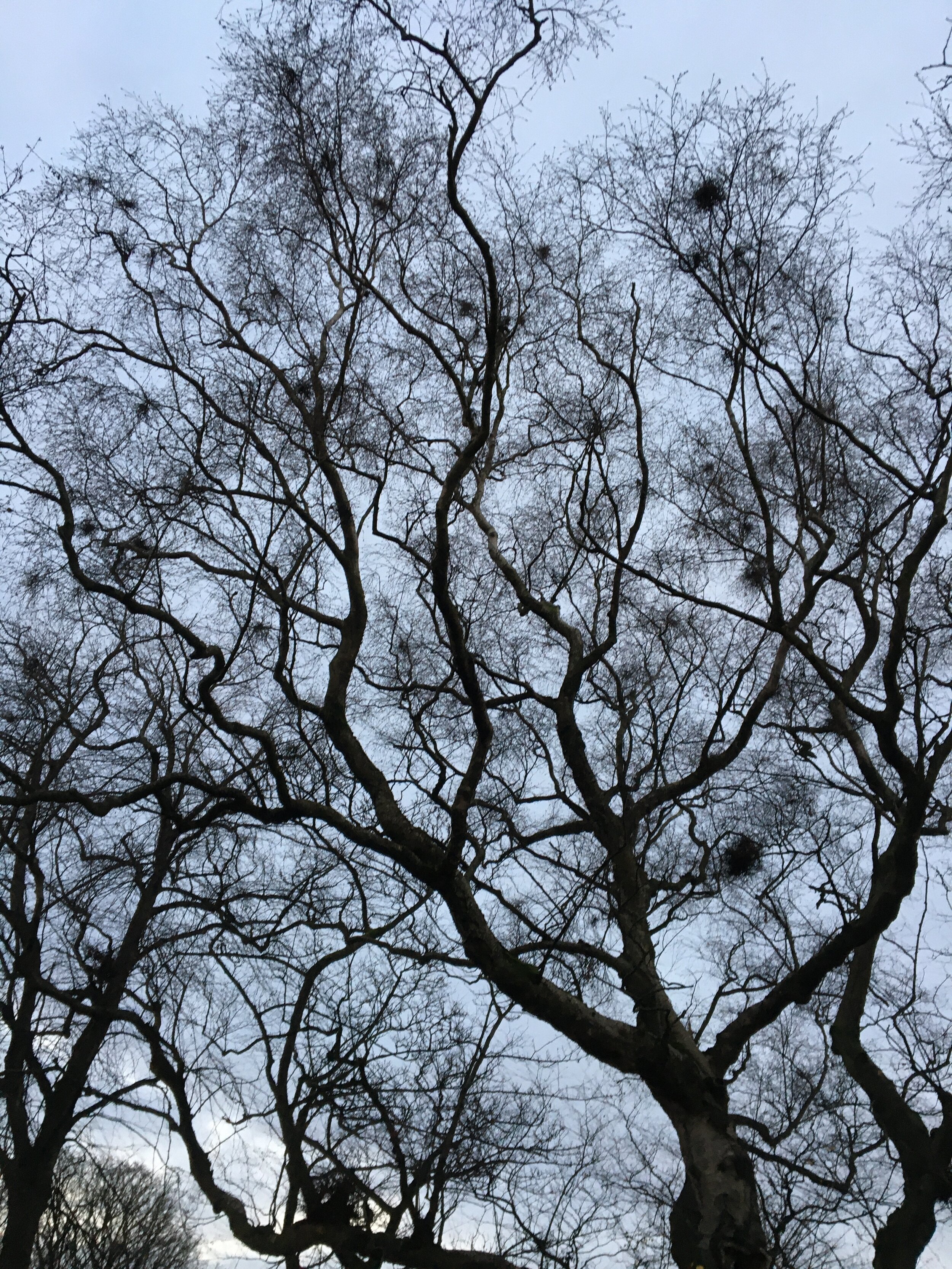
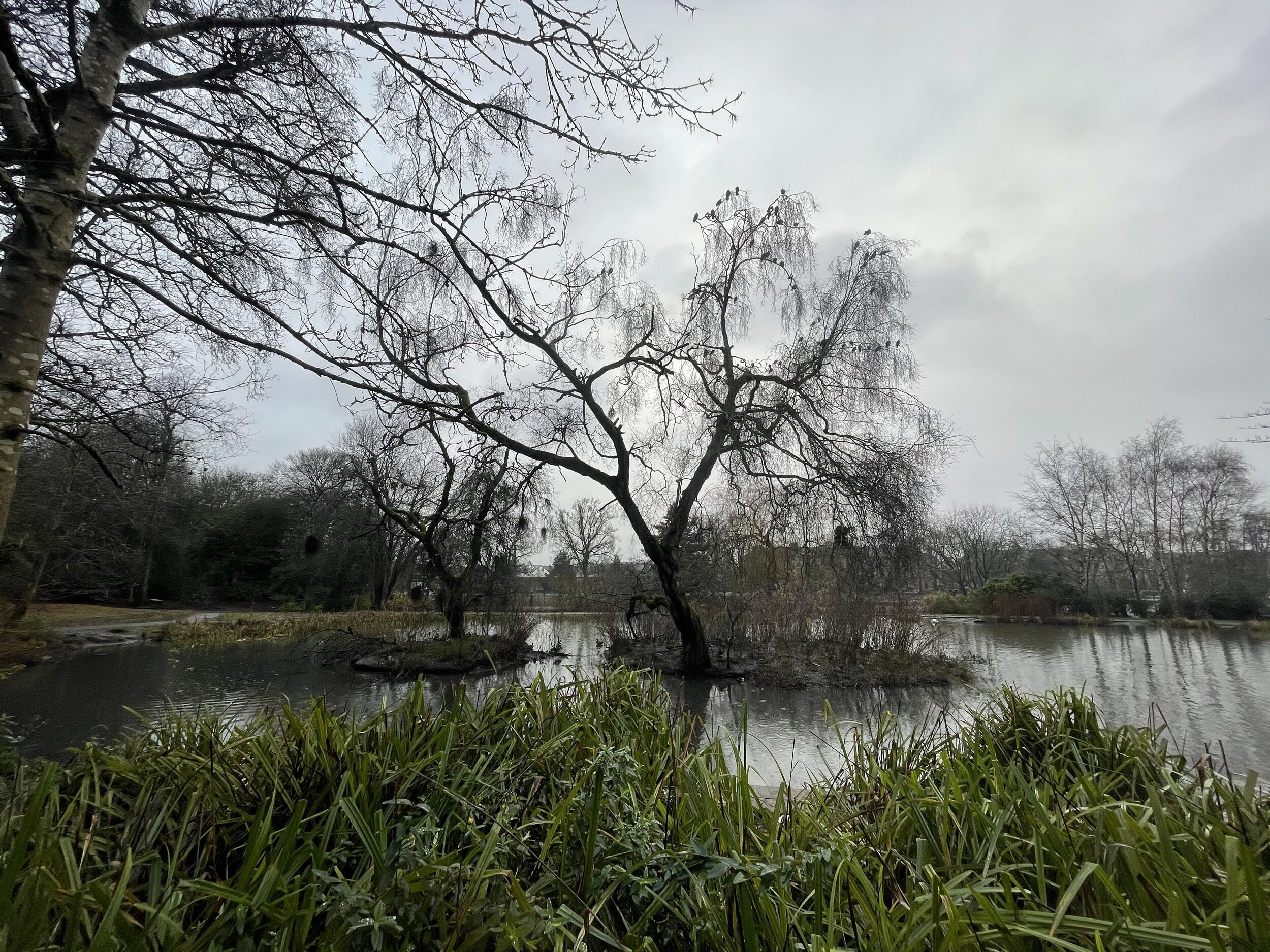


I have been listening to the music of Brian Eno - in particular his album “Ambient 4.” This is an album which mutates in a thick, gloopy directions through a very warm and stormy tropical landscape. Each track takes flight (or burrows deeply) to the sounds of nature, concrete textures or simple instrumentation of electric instruments that are all treated to such an extent that they are completely unrecognisable. It may evoke a sense of music at times, but it really is one of the first and very best examples of true sound design. The piece that haunted me the most in this track is called “The Lost Day.”
Inspired by the warm, thick dissonant, discordant synth drone that underpins Eno’s “The Lost Day” I composed a new piece called “A Place for Ghosts” as a haunting offering to offset my line of enquiry. Eno adds layers of natural sounds, long synthetic shimmers, jangling cowbells deeply reverberated and aching drones which connote a sense of mystery, despair and trepidation. It is completely unnerving and as if you have indeed stepped through into a much less kinder site. There is a storminess and gloominess cast in this work through the long brass like cries, as if there are tiny memories of something hopeful that cannot be recalled. As always, Eno’s masterful EQ is at play here, enabling him to reach emotive plains. Robert Hansen recognises this feat in his review on the site Sonic Cathedral:
it’s simply one of the greatest examples of EQ as an instrument and the much hallowed
talk from the man himself as “the studio as an instrument”, which he took as an
influence from and openly acknowledged Teo Macero’s work with Miles Davis.
(Hansen, R. 2020).
Inspired by the music of Eno and the images of the ghostly, spectre-like abandoned nests caught in the empty branches of the empty trees, I set about composing my own piece of music as a sonic reminder of the many ghosts I hurried by. My palette of sounds included Col Legno strings, a Melodica trying to offer some kind of advice to the listener as they made their way through this haunted site, as well as long brass drones inspired by Eno.
Being completely alone is a haunting prospect and one that to me is the site of great trauma. I am met with this prospect when thinking about my hometown of Dumfries and how it is often described as a ghost town. With its silent streets, derelict buildings, and remnants of homes and workplaces, Dumfries offer a haunting view into the lives of once thriving communities. It connotes the absence of presence.
This term is something that David Whyte defines so curiously:
is the harvest of presence, the evanescent moment of seeing or hearing on the
outside what already lives far inside us; the eyes, the ears or the imagination
suddenly become a bridge between the here and the there, between then and
now, between the inside and the outside; beauty is the conversation between
what we think is happening outside in the world and what is just about to occur
far inside.
(Whyte, D. 2015).
Abandoning the literal and musing on the deeper, metaphorical guise Whyte alludes to - ‘the bridge between here and there’ - fascinates me. The Celts believed in the power of animal worship as they regarded them as the souls of the departed. They believed birds represented liberation for humans because of their ability to take flight high up in the heavens. This is what I attempted to embody in my piece “A Place for Ghosts” towards the end - a heavenward journey towards freedom with the string chords daintily ascending. Garth Clifford continues this perspective in his article ‘Bird Symbolism and Meaning’:
Based on the type of animal, Celtics drew parallels with the transformation
and life of the departed. Birds were considered the reincarnations of the
most pious and highly respected individuals. A bird symbol stands for
transcendence and freedom in Celtic. This naturally led to them believing
that the birds act as a moderator between the divine and mortals. This is
what drives their beliefs extended to birds bringing them prophecies and
messages of guidance from the One that is all-seeing.
(Clifford, G. 2020).
I like the tangible idea of invisible presence from a departed physical being and the weight it can pour into our souls, causing all sorts of physical effects. The nest that I built in Queens Park held my presence in its construction - it was me in it. When I encountered its destroyed version, I met with the echoes of my presence changed and the presence of another, only visible in this new form. Moments of seismic upheaval can result in the following:
Put us at ease
Make us weep
Make us laugh
Make us double take
Make us shiver
Make us walk a little faster
Make us drive a little slower
Give us permission to take a moment
Make our brows furrow
Make us go for it
Make us, us.
Listen
Hear
Guide
Console
Soothe
Hold and be held by invisible presence
In some ways, this is exactly the practice Crows embody when one of their colony dies. The family gather around the body to hold what is colloquially known as ‘a funeral’ where the birds communicate to one another about the dangers that resulted in the departed physical being. Birds too, I would suggest, are influenced by this weight. It is not just us humans who are awarded this luxury.
References:
Clifford, G. 2020. “Bird Symbolism & Meaning (+Totem, Spirit & Omens)” from World Birds. Available from: https://www.worldbirds.org/bird-symbolism/ (Accessed December 14 2020)
Eno, Brian. 1982. “The Lost Day” from Ambient 4. Editions EG, Polydor. Available from: https://www.youtube.com/watchv=BqeyF9xiNlY&list=PLGwE1ohMHeyL4Z0gxI- SG4h8a4v_Ci1o&ab_channel=acidneeds (Accessed December 4 2020)
Hansen, Robert. 2020. “Ambient 4: On Land by Brian Eno – selected by Robert Hampson” from Sonic Cathedral. Available from: https://www.soniccathedral.co.uk/2020/06/19/ambient-4-on-land-by-brian-eno-selected-by-robert-hampson-loop/ (Accessed December 10 2020)
Whyte, David. 2014. “Beauty” from Consolations: The Solace, Nourishment and Underlying Meaning of Everyday Words. Many Rivers Press.
